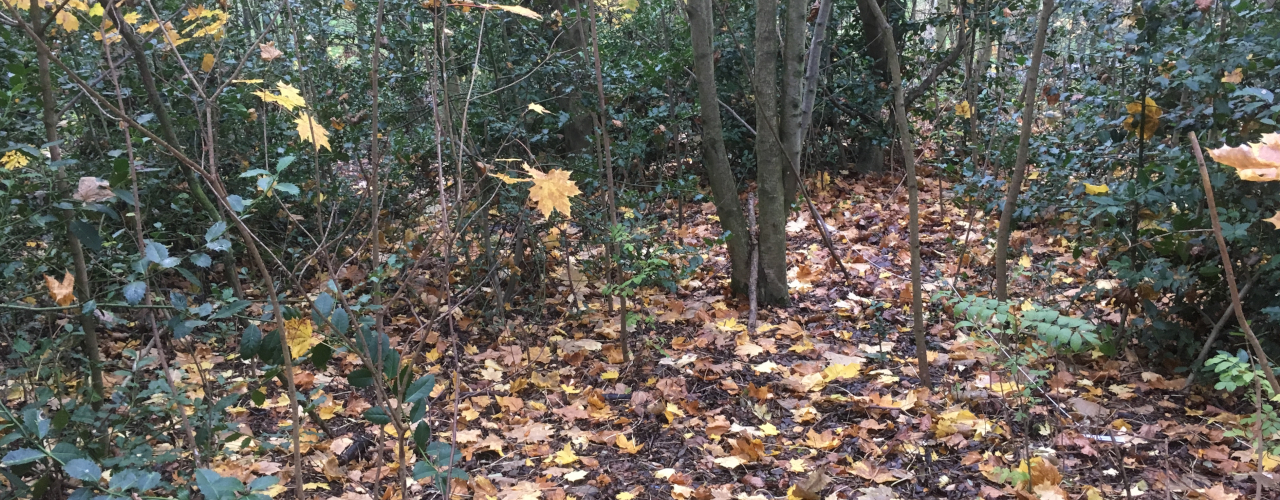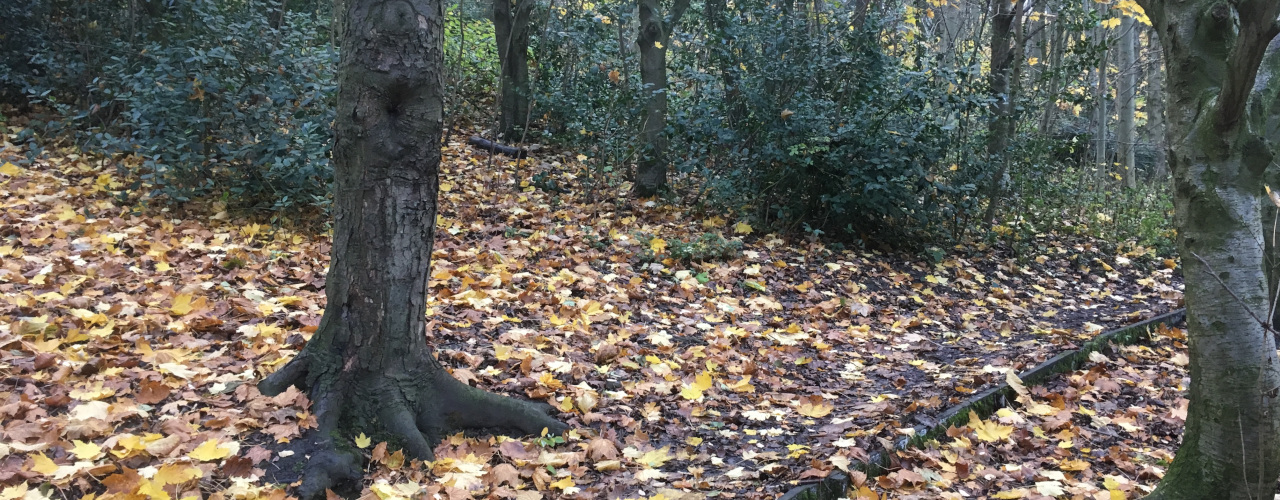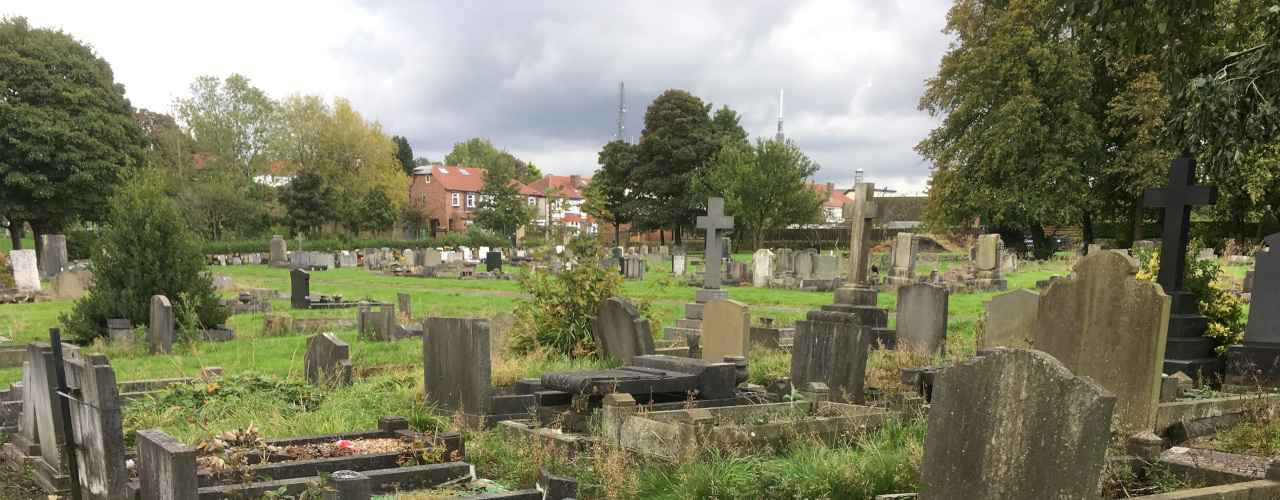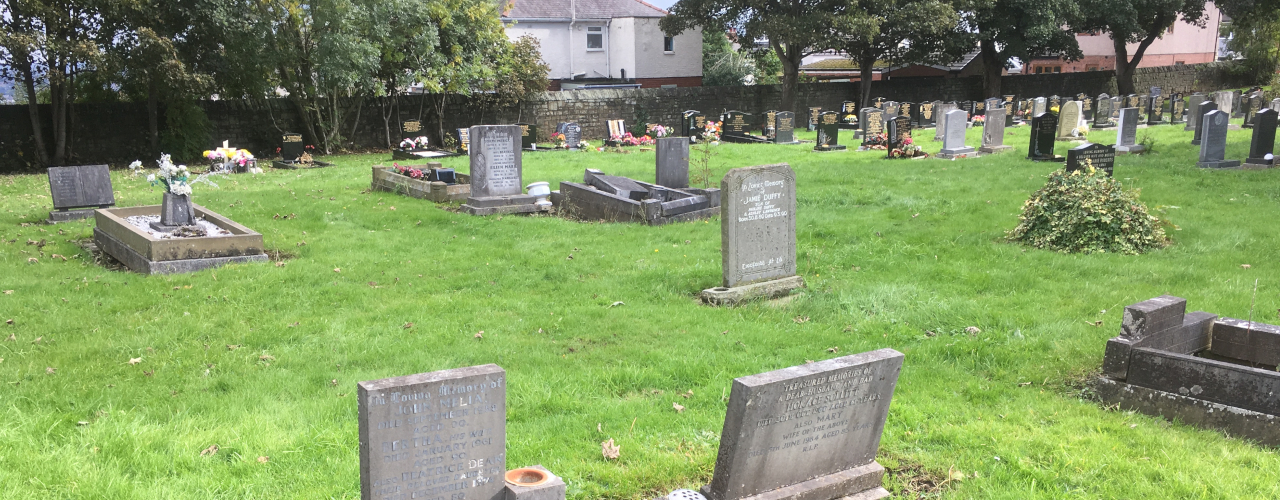Residential Trees (Part 3) - Rooting Volumes
Tree rooting volumes can be considered the volume in which tree roots can occupy. This is often dictated by the presence of hard landscape, planters, structures, root barriers, or even compacted soils, which can restrict the growth of tree roots to a volume.
Smaller available rooting spaces for trees means less access to water and nutrients, which can often be fatal for proposed trees. Unfortunately many trees within urban environments are often planted within small restricted spaces, with only a small amount of space available for their roots to grow.
The primary direction of tree roots is outwards (and not downwards as is often misunderstood), to often 3 times further than the canopy, with the vast majority of the tree’s roots present within the top 600mm of soil.
For trees planted within hard landscape, 'root cells' can be installed beneath adjacent hard surfacing, which in turn support the hard landscape above them and minimise soil compaction and resulting in increased available rooting space for trees, meaning the trees are more likely to survive in the long term.
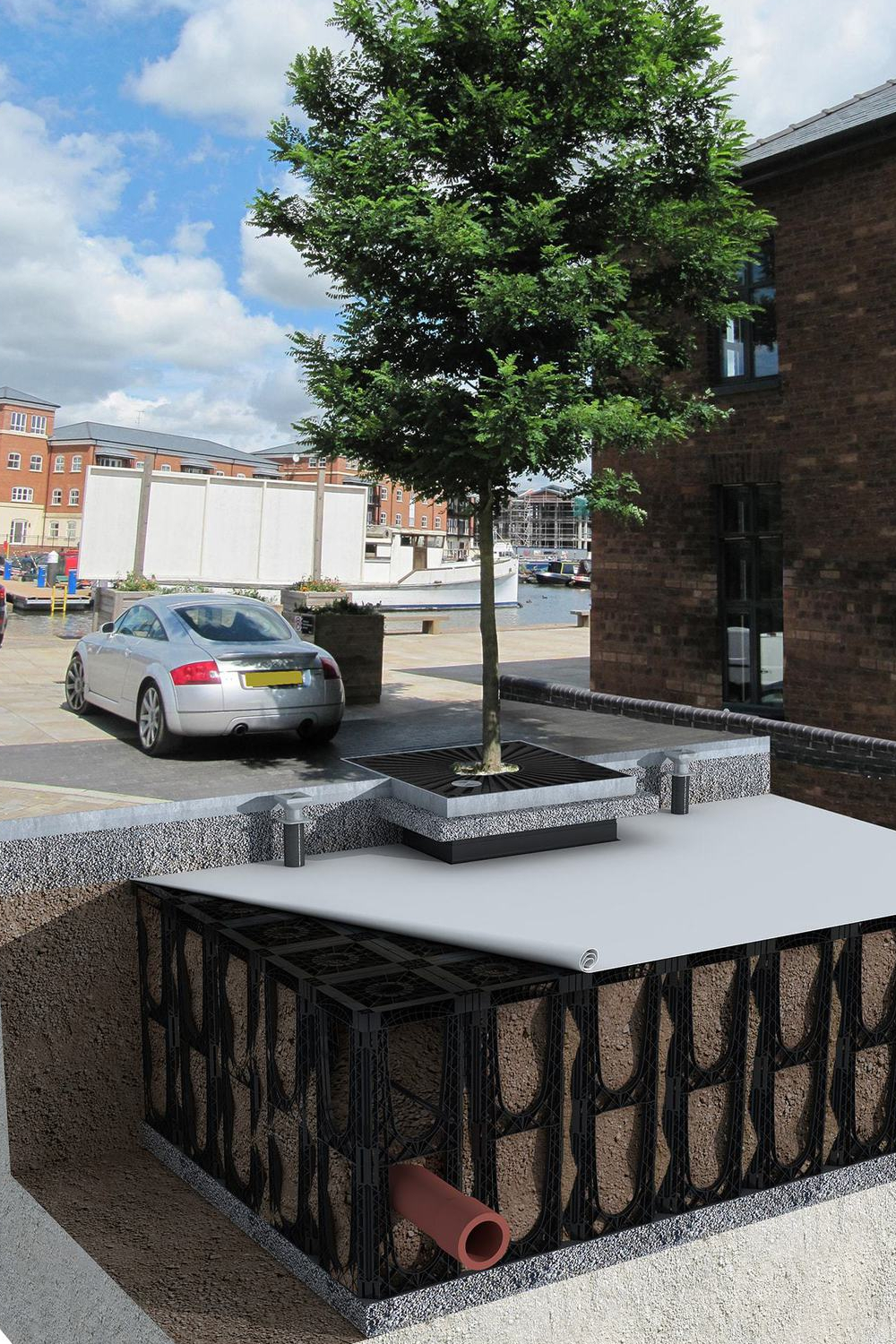
While the cost of implementing root cells can seem an expensive solution in the short term – in the long term it can end up being cheaper than without, as lower mortality rates means there are less tree replacement costs.
Different sources provide different ways to calculate the required rooting volume of a tree. GreenBlue Urban uses the below equation to calulate the minimum required rooting volume, which is based on the mature canopy spread of the tree (where r is the mature canopy radius).
π x r² x 0.6
Alternatively, use the Soil Volume Calculator on the GreenBlue Urban website.
It is generally always better to have 'too much' available rooting volume, compared to too little. As mentioned in my last post - larger rooting volumes also means trees are less influenced by precipitation extremes (drought or waterlogging).
Unfortunately, due to factors such as restricted budgets, poor planning and/or a general lack of knowledge, countless landscape schemes have proposed trees in tiny volumes which are ultimately doomed to fail in the long term.
Where rooting volumes are too small for a tree, damage to hard landscape also can be expected before tree failure. See below for 2 examples where tree roots are confined to too small a volume, resulting in damage to hard landscape.
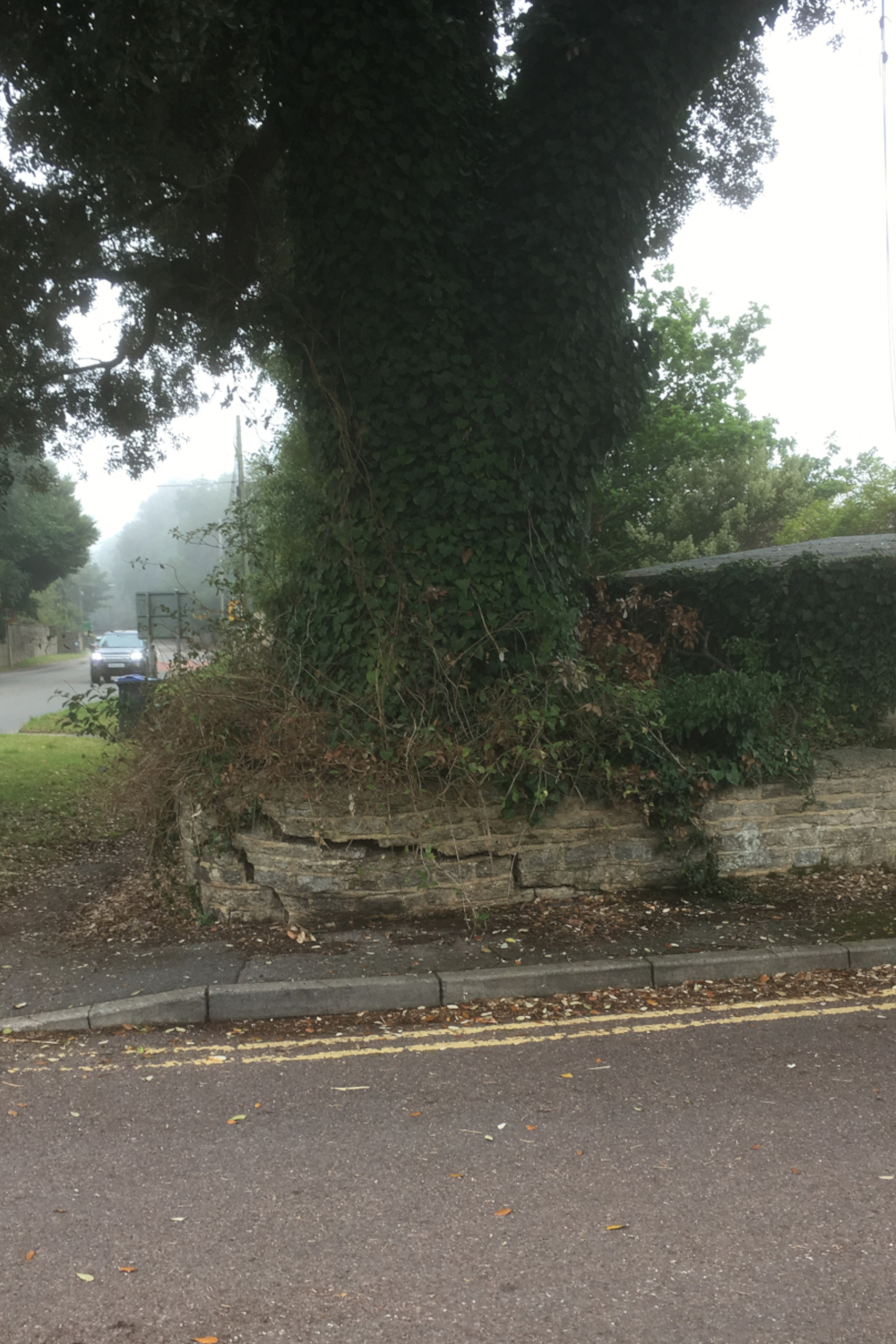
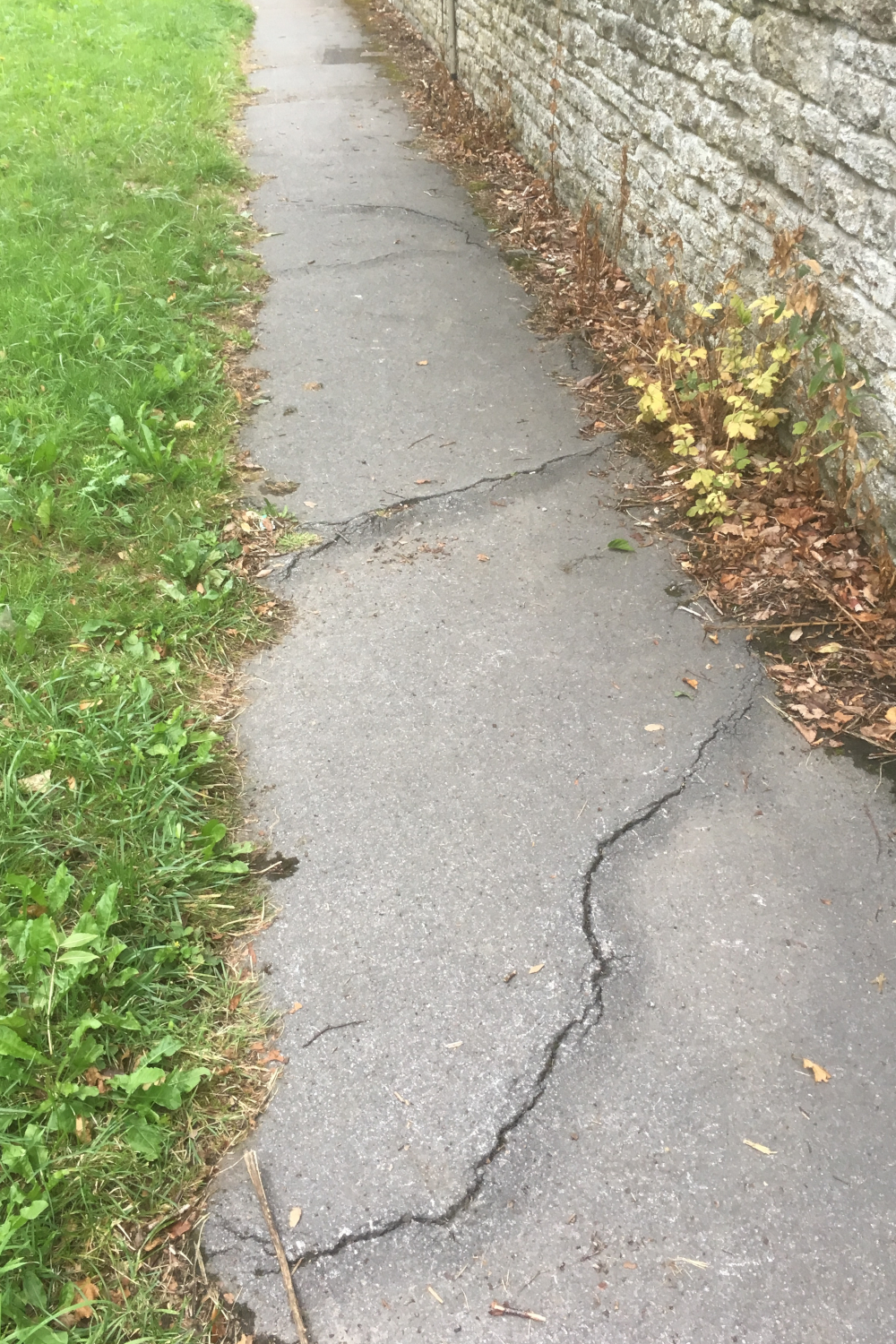
As such it is important to consider the implications of specifying larger trees early on to ensure their long-term survival. In locations where the rooting volume is small (e.g. in planters), consider proposing smaller species/varieties of trees, or even shrub planting instead, as they will have lower water and nutritional requirements.
